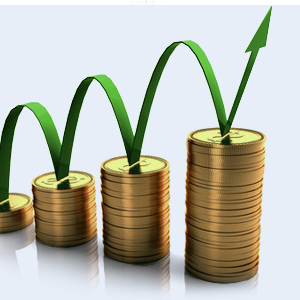 Recently I was reading a book on trading. It fascinates me… Mostly because I need something in my life that I can endlessly talk about that means nothing, Football statistics, tactics and strategy is my poison of choice, it works in social situations. If it wasn’t football it probably would have been the stock market.
Recently I was reading a book on trading. It fascinates me… Mostly because I need something in my life that I can endlessly talk about that means nothing, Football statistics, tactics and strategy is my poison of choice, it works in social situations. If it wasn’t football it probably would have been the stock market.
(It’s no coincidence that I run my fantasy football teams as ‘Buffet/Graham style’ value investing exercises.)
I don’t know if you’ve ever watched finance and investing shows on TV but they are remarkably similar to sports opinion and analysis shows. A bunch of people sitting around a desk talking about things that is in reality largely irrelevant to the outcomes.
If these people held the secret to getting rich in the stock market you’d all be rich already – watch the investing show and follow the advice (It doesn’t work that by the way – they mostly recommend losers). If the sports guys know so damn much about football why wouldn’t they coach a team and win 10 consecutive premierships?
Anyway, tangents aside, while I was reading this book I realised that customer retention has a lot in common with investing. You are making an investment now in hope of a future return (the next sale, a referral, etc). So a lot of the same maths and psychology is involved. (Isn’t marketing, maths and psychology?)
Which means when you invest in a customer relationship you need to balance 3 things:
The amount you invest in order to get a future return. If you have a retail store selling cup cakes then your next purchase is probably only going to be a couple of dollars – which means the amount you can sensibly invest to get a future return is low. Would spending $25 on a newsletter for each customer make sense? I doubt it. Compare that with someone selling industrial components to a manufacturer. They can invest a lot more and still see a return.
The odds of the future return occurring. What are the odds of you closing another sale with them? The higher you stack those odds in your favour the faster you get richer. Say it is 50% at the moment and you only need it to get to 52% to cover the cost of a newsletter. Then it warrants taking the risk. If you need a newsletter to double your sales then I wouldn’t get too excited about those sorts of odds.
The size of the future return. Basically, the bigger the next purchase the less the odds can be and you will still win. Let’s say if you invest $20 in each customer and that every 25th customer buys a second time. Now let’s say that when they buy the second time you make $1000 profit.
That means that you have a licence to print money. For every $500 you spend on customer retention you make $1000 profit. Coincidentally, that is the formula that a lot of the most successful traders use. They aren’t ‘right’ very often but when they are it pays off in spades.
That is also the story behind why there are a lot of failures on the way to success. Few really big winners.
 Since we all adhere to NMS production cycle…
Since we all adhere to NMS production cycle… We’ve all heard for a long time that the money is in the list.
We’ve all heard for a long time that the money is in the list.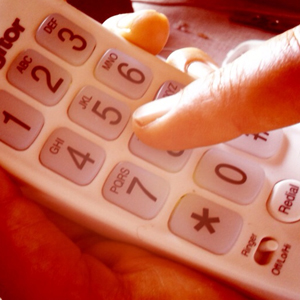 (Names changed to protect the innocent).
(Names changed to protect the innocent). With Ben and Hollie expecting a baby come April, I was leafing through our article ideas materials looking for an idea for this article. One of them is ‘would you recommend your kids get a job in this industry.’
With Ben and Hollie expecting a baby come April, I was leafing through our article ideas materials looking for an idea for this article. One of them is ‘would you recommend your kids get a job in this industry.’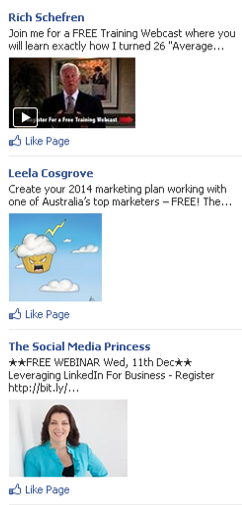 I love my Facebook account. Oh wait, sarcasm doesn’t come across in the printed word -93% of communication is not the words – its tone of voice and body language.
I love my Facebook account. Oh wait, sarcasm doesn’t come across in the printed word -93% of communication is not the words – its tone of voice and body language. One of the best things about having Zac (a Dan Kennedy trained Gold Certified Copywriter) as a business partner is that he keeps me up to date and tells me all the really useful stuff he comes across. Last year he told me about a really simple but effective way to write Google AdWords, and send me a link to check out Perry Marshall’s Swiss Army Knife Method of writing good AdWords. It made it much simpler, and we used it for our Facebook ads and had a lot of success!
One of the best things about having Zac (a Dan Kennedy trained Gold Certified Copywriter) as a business partner is that he keeps me up to date and tells me all the really useful stuff he comes across. Last year he told me about a really simple but effective way to write Google AdWords, and send me a link to check out Perry Marshall’s Swiss Army Knife Method of writing good AdWords. It made it much simpler, and we used it for our Facebook ads and had a lot of success!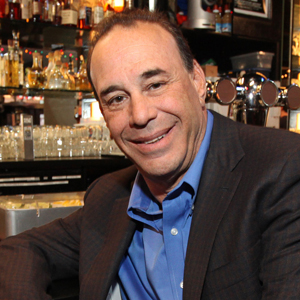 The other week, Zac and I were sitting on our monthly Mastermind call listening to hospitality expert Jon Taffer from reality TV series ‘Bar Rescue’. He dispensed some great advice: “9/10 business people think the physical item or the service they provide is the product that they are selling, but it’s not, it’s the vehicle. The product is always the reaction to the experience, and he or she that creates the best reactions wins.”
The other week, Zac and I were sitting on our monthly Mastermind call listening to hospitality expert Jon Taffer from reality TV series ‘Bar Rescue’. He dispensed some great advice: “9/10 business people think the physical item or the service they provide is the product that they are selling, but it’s not, it’s the vehicle. The product is always the reaction to the experience, and he or she that creates the best reactions wins.”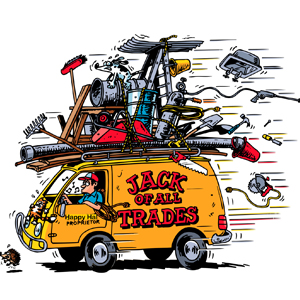 There’s an old saying that goes “Jack of all Trades, Master of none”. The saying is used in reference to a person that is competent with many skills, but is not necessarily outstanding in any particular one.
There’s an old saying that goes “Jack of all Trades, Master of none”. The saying is used in reference to a person that is competent with many skills, but is not necessarily outstanding in any particular one. Pitfall Number 1: If you are perceived as a jack-of-all-trades then you are perceived as a master of none… It doesn’t matter how great your skills are or how masterful you are at what you do, when you promote yourself as a ‘I can do everything’ type business, people assume you will be competent, but not the best.
Pitfall Number 1: If you are perceived as a jack-of-all-trades then you are perceived as a master of none… It doesn’t matter how great your skills are or how masterful you are at what you do, when you promote yourself as a ‘I can do everything’ type business, people assume you will be competent, but not the best.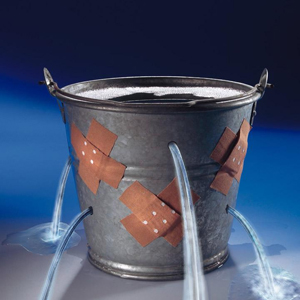 With Newsletter Marketing Systems recently purchasing Strive Designs (my graphic design & print business), it has made me look close and hard at the numbers in the business.
With Newsletter Marketing Systems recently purchasing Strive Designs (my graphic design & print business), it has made me look close and hard at the numbers in the business.